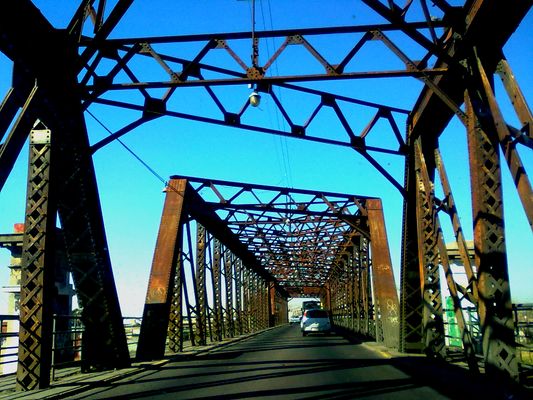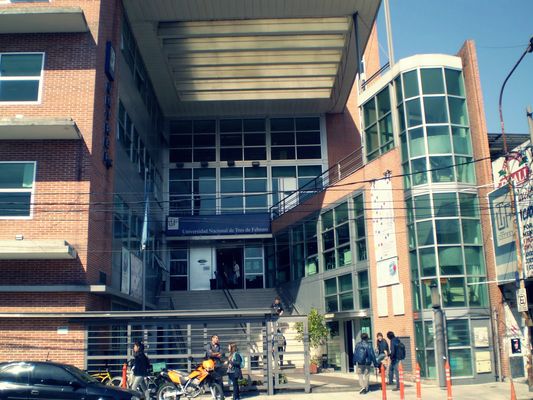Buenos Aires
Melting pot for architecture, food, and people from around the world.Argentina's capital pulses with tango rhythms and European elegance. Colorful houses line La Boca's streets, while grand mansions fill Recoleta. Local cafes, art museums, and weekend markets reflect its cultural spirit.
Buenos Aires, Argentina's vibrant capital, is a city of contrasts with its colorful barrios and rich cultural life. The city tells a story of immigration and passion, evident in the thriving tango scene and European architectural influences. Key landmarks include the historic Plaza de Mayo and the presidential palace, Casa Rosada, while the San Telmo neighborhood offers a weekly antique market and cobblestone streets. The Recoleta Cemetery, with its ornate mausoleums, stands as a testament to the city's affluent past.
Historical Landmarks and Districts
Buenos Aires pays homage to its past with well-preserved historical areas. The San Telmo district, one of the city's oldest, resonates with history through its weekly antique market and classic architecture. Visitors often explore the cobblestone streets leading to Plaza Dorrego, where the San Telmo Market takes place. Another historical point of interest is La Boca neighborhood, known for its brightly painted houses and as the birthplace of the tango. Caminito, a street museum and traditional alley located in La Boca, offers an immersive view of the area's artistic and cultural significance.
Argentine Cuisine Specialties
The culinary experience in Buenos Aires reflects the city's cultural diversity. Argentine beef is world-renowned, and Parrillas (steak houses) are prevalent throughout the city. Café Tortoni, the oldest coffee shop in the nation, offers a glimpse into Argentine traditions with its historical setting and local pastries like medialunas. For a more contemporary twist, visit Puerto Madero, the revamped port area, which now houses a variety of upscale dining options with riverfront views.
Traditional Dances and Music
Embrace the city's passion at a milonga, a social event where tango is danced. Salón Canning is a popular venue where both beginners and seasoned dancers converge to share in the dance that's so closely tied to Argentine identity. Meanwhile, La Bomba de Tiempo, a percussion-based performance group, provides an energetic experience with their weekly shows at the Konex Cultural Center, showcasing the diversity of Buenos Aires's music scene.
Cultural Attractions and Museums
For those seeking a deeper understanding of Argentina's artistic and historical richness, visit the MALBA (Museo de Arte Latinoamericano de Buenos Aires), which houses a collection highlighting Latin American artists. The Museo Nacional de Bellas Artes offers free admission and features an extensive collection of Argentine and European art.
Cost of Living and Budget Considerations
Travelers will find Buenos Aires to be relatively affordable when compared to other major global cities. Street fairs and food vendors present opportunities to enjoy local experiences without spending much. Additionally, affordable leather goods and wines provide good value for visitors looking for quality souvenirs.
Parks and Green Spaces
Buenos Aires offers numerous parks for relaxation and exercise. The Reserva Ecológica Costanera Sur is a large ecological reserve on the Rio de la Plata riverbank, ideal for bird watching and quiet strolls. Parque Tres de Febrero, often called Bosques de Palermo, is another expansive green space with rose gardens, lakes, and groves perfect for picnics and outdoor activities.
Daily Life and Atmosphere
The daily life in Buenos Aires can be energetic or laid-back, depending on where you find yourself in the city. The Palermo neighborhood, known for its fashionable boutiques and trendy bars, contrasts with the quieter residential feel of Belgrano. On weekends, many residents gather at Feria de Mataderos to watch folkloric dance performances and browse regional crafts.
Public Transportation Options
Navigating Buenos Aires is facilitated by an extensive public transportation network. The Subte (subway) is an efficient way to travel across large distances quickly. Buses are plentiful and cover most areas of the city, providing an economical way to get around. For flexibility, taxis are readily available, and ride-sharing apps are widely used.




























